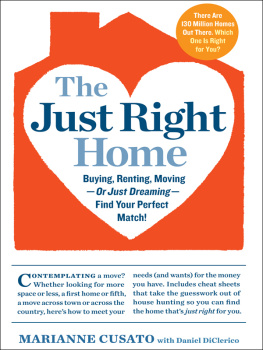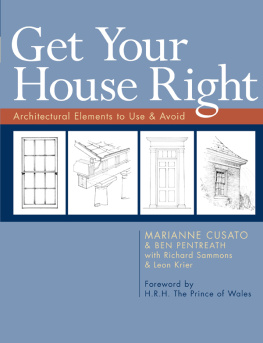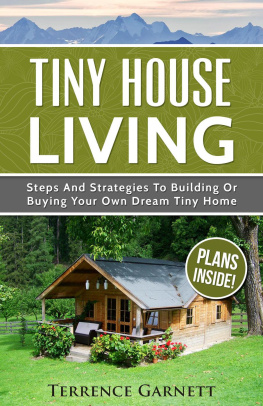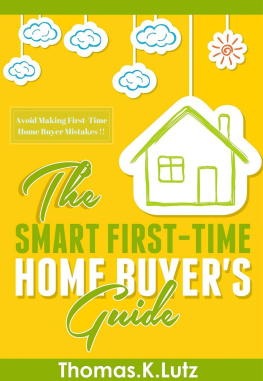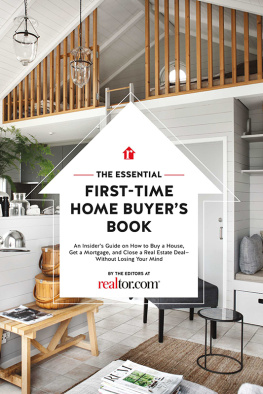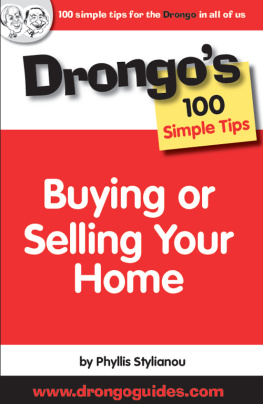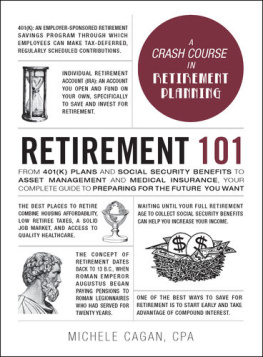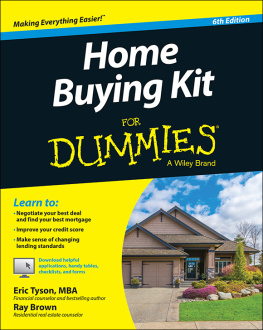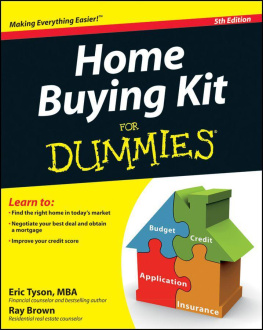To my parents, Marcy and Dave Cusato
Copyright 2013 by Marianne Cusato with Daniel DiClerico
All rights reserved. No portion of this book may be reproducedmechanically, electronically, or by any other means, including photocopyingwithout written permission of the publisher. Published simultaneously in Canada by Thomas Allen & Son Limited.
Library of Congress Cataloging-in-Publication Data is available.
eISBN 9780761176831
Cover by Jean-Marc Troadec
Photo credits on .
Workman books are available at special discounts when purchased in bulk for premiums and sales promotions as well as for fund-raising or educational use. Special editions or book excerpts also can be created to specification. For details, contact the Special Sales Director at the address below, or send an email to .
Workman Publishing Company, Inc.
225 Varick Street
New York, NY 10014-4381
workman.com
Acknowledgments
First and foremost, many thanks to our editor, Mary Ellen ONeill, whose expertise and knowledge combined with her endless enthusiasm has made this process an absolute pleasure. Every author should be so lucky! Thanks also to Peter Workman and the entire team at Workman Publishing for making this book possible. Special thanks to my agent, Gail Ross, for believing in our idea and helping us sell the concept.
Thank you to Linda Stephen for her insightful edits and suggestions, always turned around with lightning speed; Jonathan Smoke and Hanley Wood Market Intelligence for ongoing access to housing market data and research; Craig Savage and Mark LaLiberte for their building science insights; Monica Quigley for her help with the real estate worksheet; Jacqueline Thomas for her research assistance; and all of those who shared their Words of Wisdom.
This book stands on the shoulders of many great thought leaders, like Suze Orman, Richard Florida, and Robert Shiller. But especially Andres Duany and Elizabeth Plater-Zyberk, both of whose mentorship have been central to my professional career.
Thank you to my coauthor, Daniel DiClerico. Always a pleasure to work with, Dan truly was the secret weapon required to make this book happen.
And finally, I would like to thank Irina Woelfle for inspiring many of the core ideas in this book and working with us along the way to make sure that we stayed on target.
Introduction
Am I living in the right place? You dont have to be planning a move to ask this question. I think about it daily, and I suspect its on your mind too. I wonder if my career is stable enough so that I can keep up my current lifestyle. I want to ignore the possibility of another economic dip, but the hard reality is that it could happen. Then there are the social questions. I am single, but would like to change that eventually. Would moving increase my odds of finding the right someone?
Moving today means more than changing addresses. It is an opportunity to assess how you really want to live. The formulas that once guided our life decisions are being questioned, opening the door for you to create your own formula and live a more fulfilling life. Where you live is much more than the structure you live in. Where you live is tied to your community, your job, your family, your health, and your personal finances. This book explores the factors beyond home that affect your quality of life. The goal is to help you consider all of the variables so you can make the best decisions possible, whether youre taking stock of your current situation or planning a move to someplace new.
When the house of cards fell in the mid-2000s, more than a mortgage meltdown was revealed. The fundamental formula that guides the lifestyle of the American middle class also came into question. First graduate from college and get a job in the city. Then get married and buy a house in the burbs. Later have kids and buy a larger house farther out in the burbs. Retire and buy a smaller house someplace warm. Live happily ever after.
What happens if you followed the formula, but the formula let you down? For many, keeping up with the Joneses was a pursuit with diminishing returns. It might have felt great at first, but it eventually revealed a dismal quality of life, with long hours in the car, half-furnished homes, and overextended credit. The silver lining of the bad economy is that we have a chance to hit the reset button, to stop and think about what really matters in our lives, and to ask ourselves what will provide true, lasting value rather than a quick fix.
The inevitable housing collapse has revealed new values. Once upon a time, if you didnt fit the formula, you might have still done what you thought you should do. Or perhaps what was easiest, even if it wasnt what you really wanted for your life. Unfortunately, in this pursuit of what we thought we should be doing, a lot of people ended up very unhappy, making decisions that were doomed to fail.
Today, your choices are yours, and your future is yours. If you are worried that you arent in the right place, if you are concerned that you cant sustain your current lifestyle, now is the time to truly assess your realities and make the tough decisions. Dont wait until it is too late to make a move.
When the good times were rolling, free credit and cheap gas enabled a system of conspicuous consumption where housing was an easy-to-attain status symbol. Our life decisions didnt feel like they had much consequence. Of course, anyone in an upside-down mortgage (owing more than the house is worth) knows that was never the case. Todays economic instability, both globally and in our personal finances, weighs heavily on all decisions we make about where and how we live. It is no longer a given that we can earn as much in the future as we have in the past, or that the job with benefits (vacation, health insurance, and a 401K) you planned your life around will remain. It is no longer given that the value of a home you purchase today will increase tomorrow. What is a given is that today you have an opportunity to make thoughtful and meaningful decisions about the type of life you want to live.
So what is your American Dream? Where is Home Sweet Home for you? How can you avoid turning your home into a golden noose? The old formula was set up like a treadmill that you couldnt get off. The more money you made, the more you spent. The more you spent, the more you needed to make. Despite all of our riches, when did we stop to live? The American Dream used to be a cottage with a white picket fence. Over time, it morphed into the Garage Mahal on a cul-de-sac. The American Dream is evolving again. The question is, Where is it going? That is up to you. We all have the image of our perfect dream home, perhaps a villa in the South of France or an estate in wine country. But we also have the realities of daily life. One of my key goals is to help you articulate your actual needs (not just wants) and to offer ideas that will help you find a home that is livable, lovable, and within your means.
My original title for this book was The Autopsy of the McMansion. At the height of the housing boom, roughly 2 million new homes were being built each year. Most of these homes were larger than needed, isolated from everything, and more expensive than their owners could afford, yet they were endearing to millions. My idea was to examine how these homes evolved and to explore the next chapter for the American Dream Home. I was told this was a great topic for a magazine article, but not a book. My advisers were right. I was missing the big picture. While new-home starts (thats industry-speak for the number of new homes being built) dropped to as low as 300,000, more than 37 million people switch addresses in any given year and millions more sit on the sidelines contemplating a move. To serve the needs of those 37 million (plus) people, this book needed to help navigate the landscape and explore personal realities to help them, and you, find the right homea home that is more than a structure, or to paraphrase a song from my college days, not (just) the place you live, but the place you belong.
Next page
